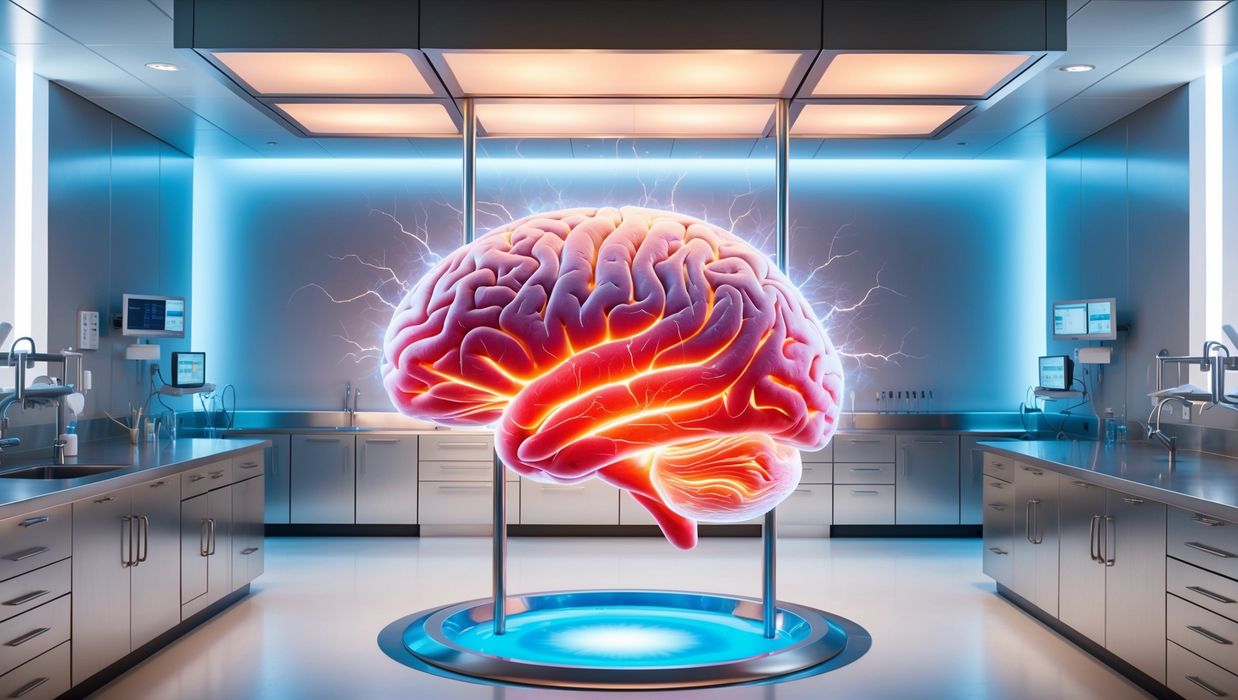
University of Melbourne biomedical engineers aim to improve drug discovery with high-output process.
Biomedical engineers from the University of Melbourne have invented a 3D printing system capable of fabricating structures that closely mimic diverse tissues in the human body, from soft brain tissue to harder materials such as cartilage and bone.
This technology offers medical researchers a new tool for replicating specific organs and tissues, enhancing their ability to predict and develop new pharmaceutical therapies. Ideally, this could pave the way for more advanced and ethical drug discovery by reducing the need for animal testing.
“In addition to drastically improving print speed, our approach enables a degree of cell positioning within printed tissues,” said associate professor David Collins, who oversaw the research. “Incorrect cell positioning is a big reason most 3D bioprinters fail to produce structures that accurately represent human tissue. Current 3D bioprinters depend on cells aligning naturally without guidance, which presents significant limitations.”
In contrast, the new bioprinter uses acoustic waves generated by a vibrating bubble to position cells within 3D printed structures. Most commercially available 3D bioprinters rely on a slow, layer-by-layer fabrication approach. This method can take hours to finish, jeopardising the viability of living cells during the printing process. Additionally, once printed, the cell structures must be carefully transferred into standard laboratory plates for analysis and imaging—a delicate step that risks compromising the integrity of these fragile structures.
The University of Melbourne research team has flipped the current process on its head by developing a sophisticated optical-based system, replacing the need for a layer-by-layer approach. Using vibrating bubbles has enabled the researchers to 3D print cellular structures in a matter of seconds, approximately 350 times faster than traditional methods, in addition to replicating human tissues with cellular resolution.
By dramatically reducing the 3D printing time and printing directly into standard lab plates, the team has been able to increase the cell survival rate while eliminating the need for physical handling. This ensures the printed structures remain intact and sterile throughout the process.
PhD student Callum Vidler, the lead author on this work, said the technology is already generating excitement in the medical research sector.
